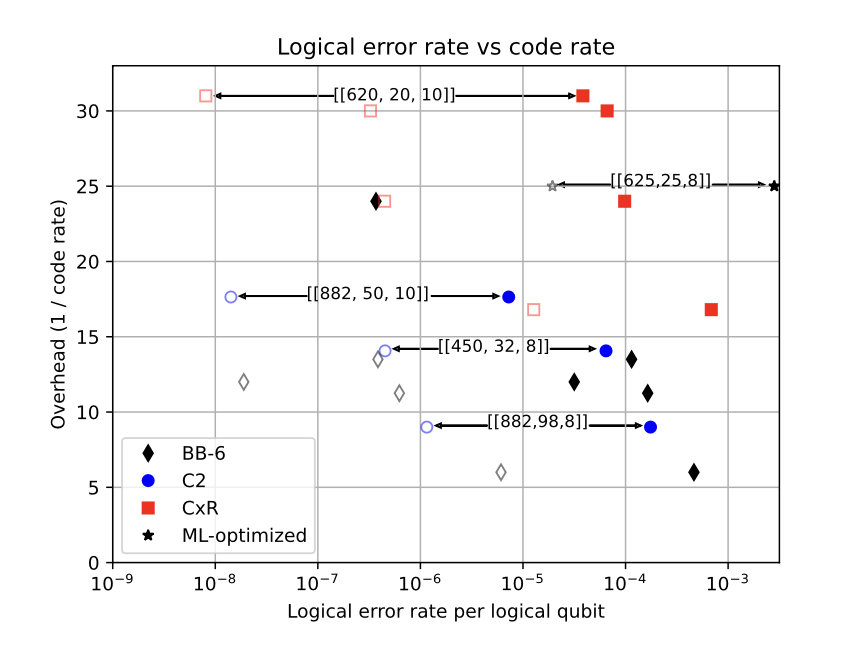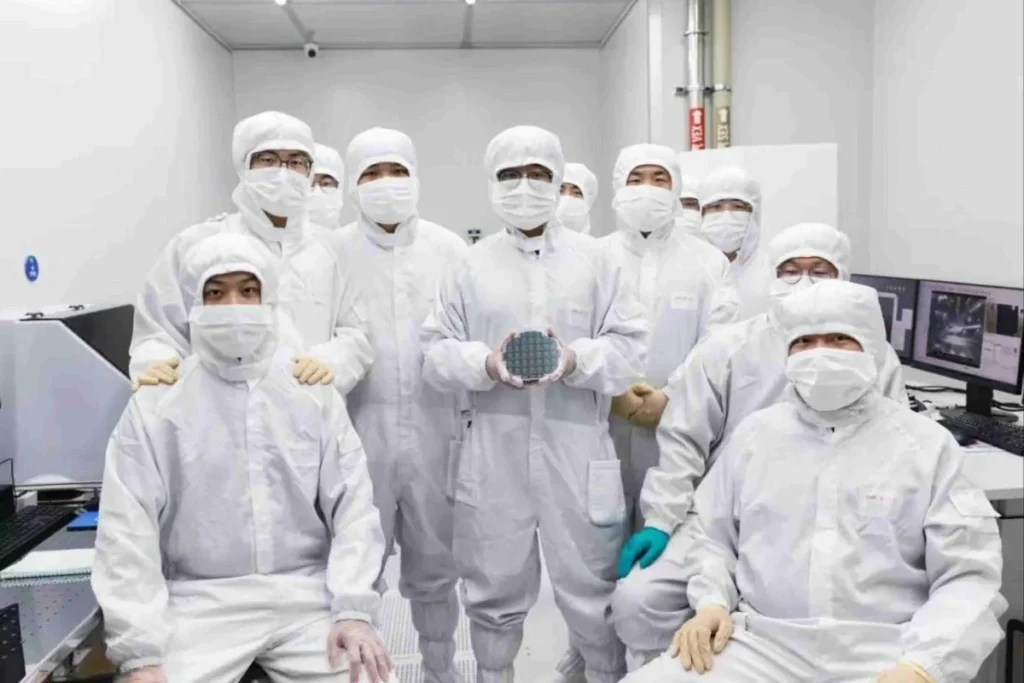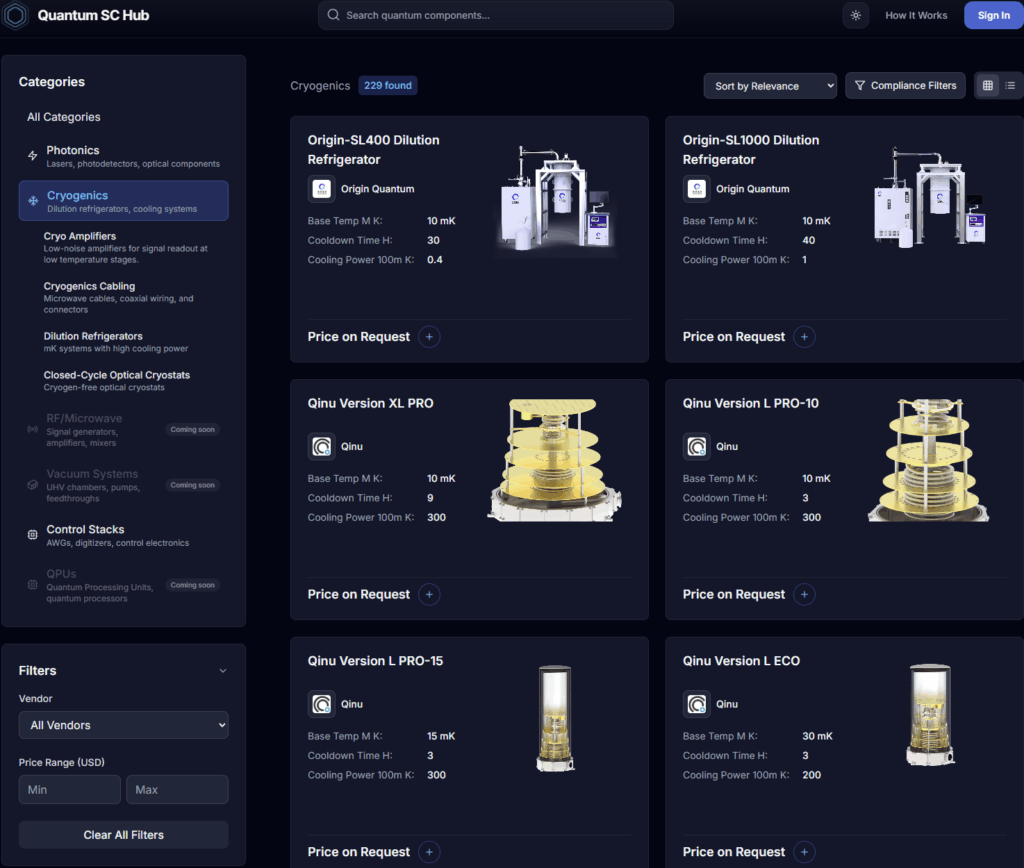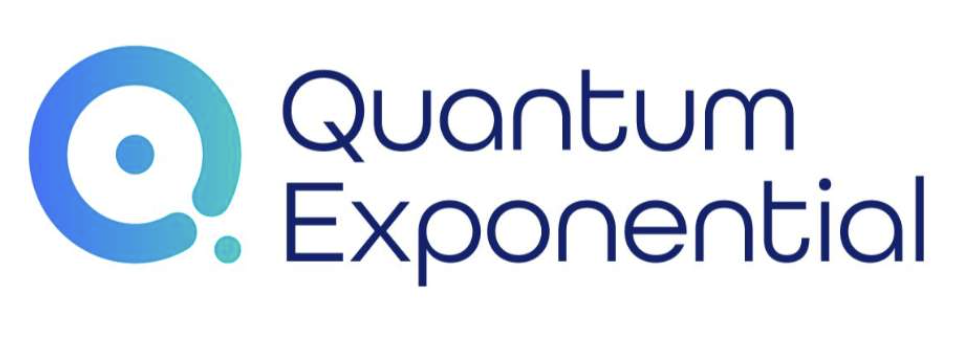Insider Brief
- A new quantum generative model, the Observable-Tunable Expectation Value Sampler (OT-EVS), offers a way to generate high-quality data using fewer quantum resources, with potential applications in industries like drug discovery and climate modeling.
- The model introduces tunable observables that enhance flexibility and reduce computational demands by prioritizing less resource-intensive classical updates over quantum operations.
- Numerical experiments demonstrate that OT-EVS outperforms traditional models in accuracy and efficiency, suggesting it could help bridge the gap between theoretical quantum capabilities and real-world applications.
A new approach to quantum-based generative models offers a way to produce high-quality data using fewer quantum resources, a study in arXiv shows, which could lead to more efficient simulations in industries like drug discovery, financial modeling and climate science. By introducing tunable observables, the researchers added that they have enhanced the capabilities of quantum models known as Expectation Value Samplers (EVS).
The study, led by a team of quantum computing researchers from Leiden University and the BMW Group, introduces the Observable-Tunable Expectation Value Sampler (OT-EVS), a refinement of traditional EVS models. The key innovation lies in allowing the observables — quantities measured from quantum states — to be adjusted dynamically. This flexibility broadens the model’s expressivity, meaning its ability to learn and represent a wide variety of patterns or data types.
With this new approach, the model can capture a broader range of data distributions compared to models using fixed observables.

Beyond the expressivity boost, the OT-EVS model reduces computational demands by prioritizing classical updates over quantum circuit adjustments during training. Classical computations are typically less resource-intensive than quantum operations, which means this hybrid approach might be more practical for near-term quantum hardware.
Numerical experiments — tests run using mathematical models — demonstrated that OT-EVS outperforms traditional EVS models in generating accurate data while requiring fewer quantum measurements, according to the study. The team attributes much of the improvement to a combination of tunable observables and a novel adversarial training strategy that minimizes the reliance on costly quantum resources.
The Growing Need for Efficient Generative Models
Generative models are essential in creating synthetic data across industries, from generating realistic images to designing new molecules for pharmaceuticals. Classical methods such as generative adversarial networks (GANs) and variational autoencoders have achieved remarkable success but often require extensive computational resources. These resource demands are increasingly seen as a barrier to scalability and sustainability.
Quantum generative models, which leverage the unique properties of quantum mechanics, have been proposed as a more efficient alternative. They excel at representing complex data distributions, especially in high-dimensional or continuous spaces. However, early models have struggled with practical limitations, including high sample complexity—the number of quantum measurements required to produce meaningful results.
The OT-EVS model addresses these issues, which, it the work holds up under peer review, could mark a significant step forward in making quantum generative models more practical and accessible.
How It Works: Merging Quantum and Classical Strengths
At the heart of the OT-EVS model is its ability to tune observables dynamically. In quantum computing, observables are mathematical operators used to extract information from a quantum state. Traditional EVS models rely on fixed observables, which can limit the types of data distributions they can generate. By introducing tunable observables, OT-EVS expands the range of achievable distributions, allowing for greater flexibility in data modeling.
The researchers adopted a training strategy inspired by adversarial learning frameworks, such as those used in GANs. This approach involves two competing components: a generator, which produces data, and a critic, which evaluates how closely the generated data matches the target distribution. For OT-EVS, the generator updates its quantum parameters less frequently than its observables, focusing on computationally inexpensive classical updates.
The model also employs a technique known as classical shadows to estimate quantum state measurements efficiently. Classical shadows reduce the sample complexity by randomly measuring quantum states in different bases and using post-processing to estimate multiple expectation values simultaneously. This method significantly lowers the number of quantum measurements required. That would make it potentially a game-changer for resource efficiency.
Experimental Validation
The researchers conducted extensive simulations to validate the OT-EVS model. These experiments compared OT-EVS to traditional EVS models under various configurations. The results showed that OT-EVS not only achieved better expressivity but also required fewer resources, even in the presence of noise—a common challenge in quantum computing, the researchers report.
One unexpected finding was that moderate levels of noise during training improved the model’s performance. This phenomenon mirrors a well-known effect in classical machine learning, where injected noise can act as a regularizer, preventing overfitting and improving generalization. In other words, the model performs well not just on the data it was trained on but also on new, unseen data, making it more reliable and practical for real-world applications.
The team also explored different training variants, including asynchronous and decoupled methods, to optimize the balance between quantum and classical updates. These strategies further enhanced the model’s efficiency, demonstrating the potential of hybrid approaches in quantum machine learning.
Implications and Future Directions
The success of the OT-EVS model has potential implications for future quantum computing and generative models. By reducing the reliance on quantum resources, it paves the way for practical applications of quantum generative models on today’s hardware, which is often limited in capacity.
Potential use cases extend beyond synthetic data generation to include optimization problems, material discovery and financial modeling. The ability to model continuous distributions with high fidelity could make OT-EVS a valuable tool in industries where precision and complexity are paramount.
The researchers report that the model is still in the early stages of development and recognize some limitations. The current results are based on simulated experiments, and real-world validation is needed to confirm its practicality. The training process alo relies on careful tuning of observables, which could introduce challenges in scaling the model for more complex applications.
Future research could explore applying OT-EVS to specific datasets, such as those used in drug discovery or climate modeling, to evaluate its real-world impact. Theoretical work could also focus on improving the model’s stability and convergence properties, ensuring consistent performance across diverse scenarios.
Broad Potential For Hybrid Quantum-Classical Models
The development of OT-EVS underscores the potential of hybrid quantum-classical models in pushing the boundaries of generative modeling. By combining the strengths of quantum mechanics and classical computation, these models could address challenges in data generation while opening new avenues for innovation.
As quantum technology continues to advance, it’s possible that models like OT-EVS will play a critical role in bridging the gap between theoretical capabilities and practical applications. They represent not only a step forward in quantum machine learning but also a broader shift toward more efficient, sustainable computing paradigms.
The study involved researchers from two main institutions. From Leiden University, the Applied Quantum Algorithms group includes Kevin Shen, Andrii Kurkin, Adrián Pérez Salinas, Vedran Dunjko, and Hao Wang. Additionally, Adrián Pérez Salinas is affiliated with the Instituut-Lorentz at Leiden University. From the BMW Group, contributors include Kevin Shen, Andrii Kurkin, and Elvira Shishenina, now at Quantinuum.
The BMW Group, the Dutch National Growth Fund (NGF), as part of the Quantum Delta NL programme; the Dutch Research Council, as part of the Quantum Software Consortium programme and the European Union supported this work.
For a deeper, more technical dive — which this article can’t provide — please read the paper here. Please also note that pre-print servers, like arXiv, offer a way for researchers to gain immediate feedback on new work, but it is not officially peer-reviewed, a key step in the scientific process.

















